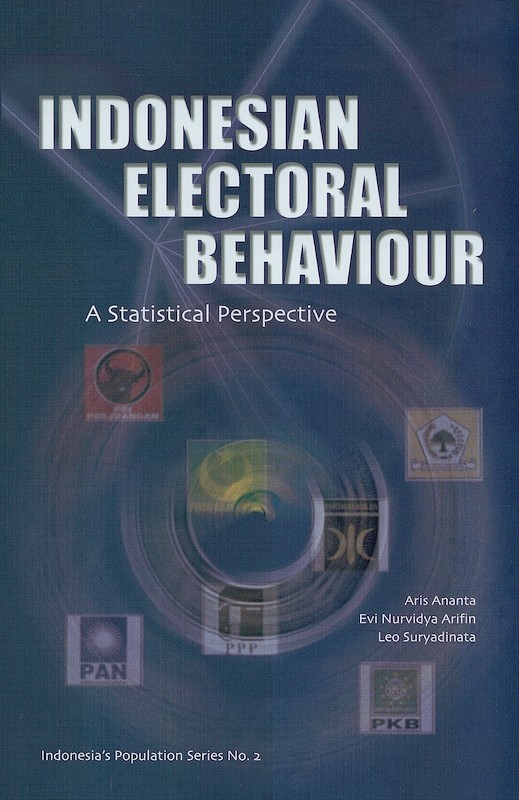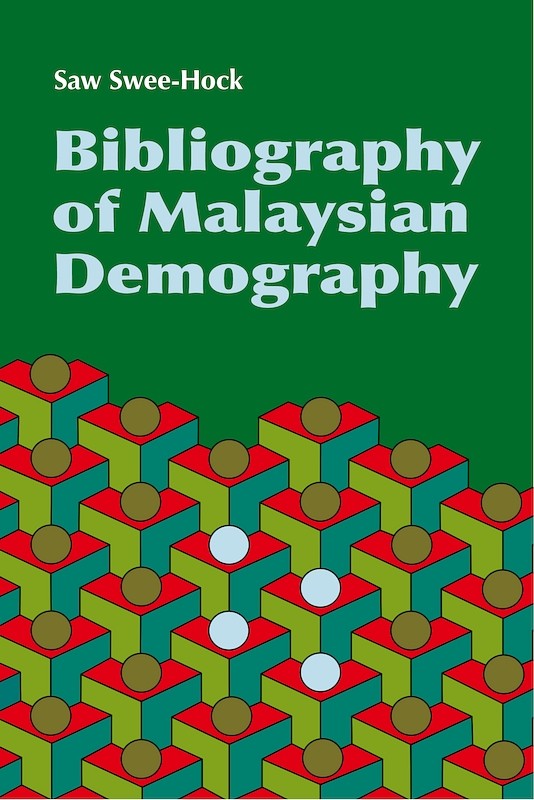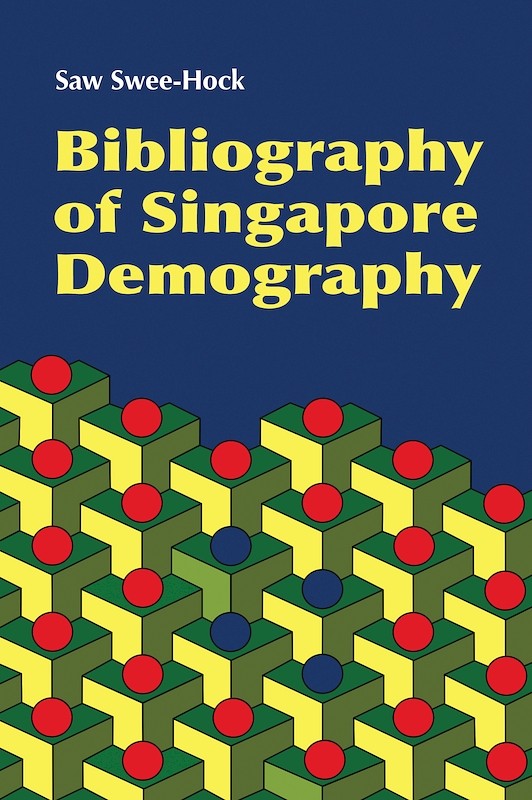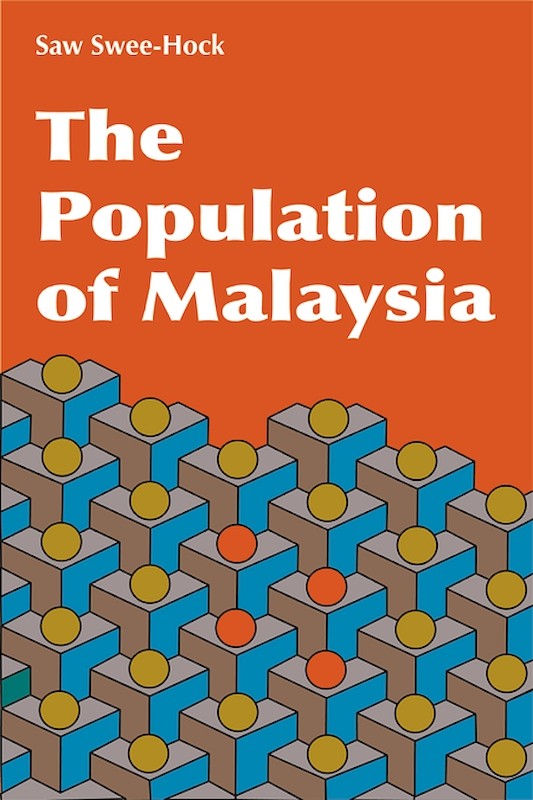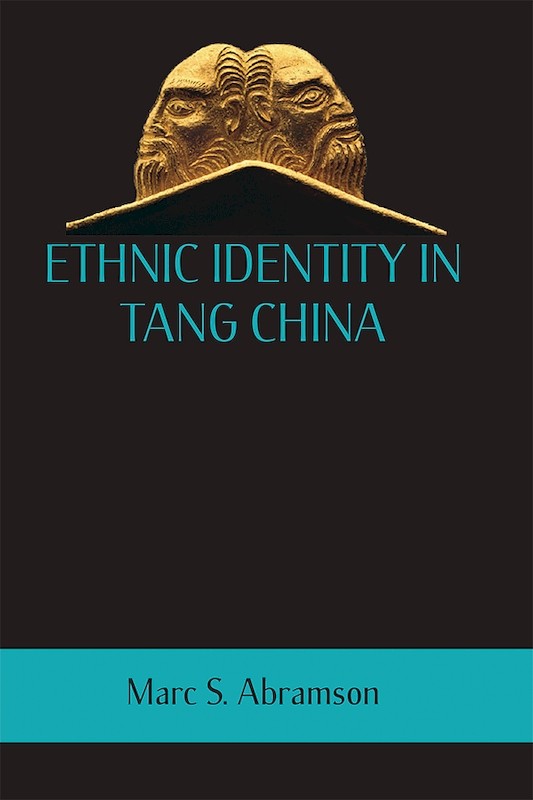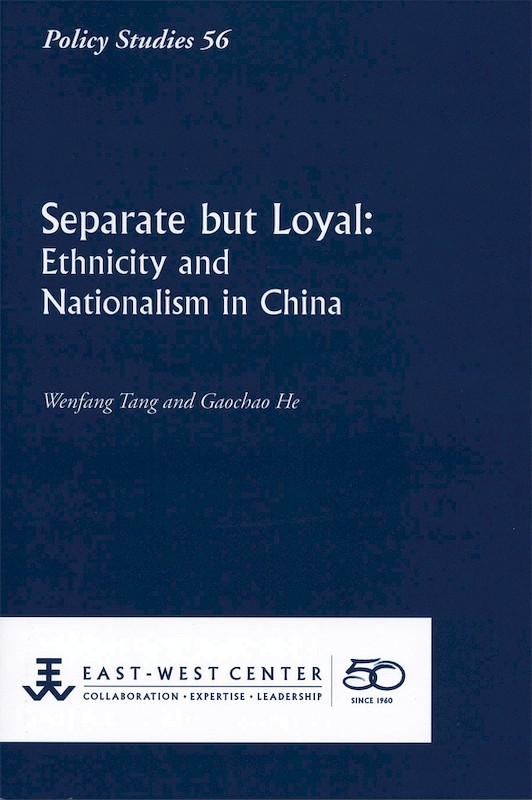Indonesia's Population: Ethnicity and Religion in a Changing Political Landscape
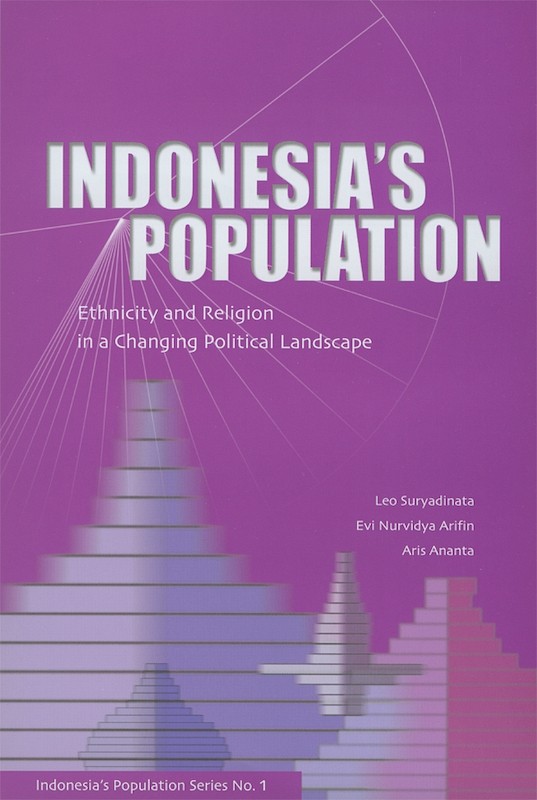
Reviews
"This is a most interesting book to all students of Indonesian society.... In reading the book one is constantly seeing connections to a wide range of important contemporary issues in Indonesia reflecting the importance of the religious and ethnic dimensions in Indonesia. From this reviewer's own interest in Indonesia's population movement, the data presented have provided a new set of insights" (Population Review).
"As well as providing the most up-to-date statistical information about Indonesian society, the population census of 2000 is particularly important because it is the first census since 1930 to include data on ethnic background. One of the significant features of the 2000 census is that the percentage of ethnic Chinese, at 1.5 per cent of the population, is much lower than previously thought" (Aseasuk News).
"Since early childhood, Indonesians have been, and continue to be, taught that their country is a huge archipelago comprised of thousands of islands and hundreds of ethnic groups. It is also common knowledge that the Javanese are the largest ethnic group in the country and, not surprisingly, that the island of Java is the most populated in the country. The findings of this book, using the 2000 Population Census data, has provided some striking knowledge about the people who inhabit the world's biggest archipelago. Due to increased mobility, mixed marriages, and economic activity, it becomes increasingly difficult to make simplistic categorizations of the Bataks only living in North Sumatra, or the Dani tribe in Papua. Respective 'indigenous' populations may have historical and cultural ties born out of a particular venue, but what Indonesians are realizing is that no one group has particular exclusivity as a consequence of it. This is the challenge of the evolving new Indonesia" (Jakarta Post).
About the publication
Contents
-
Indonesia's Population: Ethnicity and Religion in a Changing Political Landscape
-
Prelim pages
-
1: Population Change and Continuity: A Breakthrough in Ethnic Information
-
2. The Eleven Largest Ethnic Groups: Geographical Concentration and Uneven Distribution
-
3. Ethnic Chinese: A Declining Percentage
-
4. Five Religions: A Multi-Religious Society
-
5. Profile of Selected Provinces: Between Homogeneity and Plurality
-
6. Population Studies and Political Behaviour: The Variables of Ethnicity and Religion
-
Selected References, About the Authors

